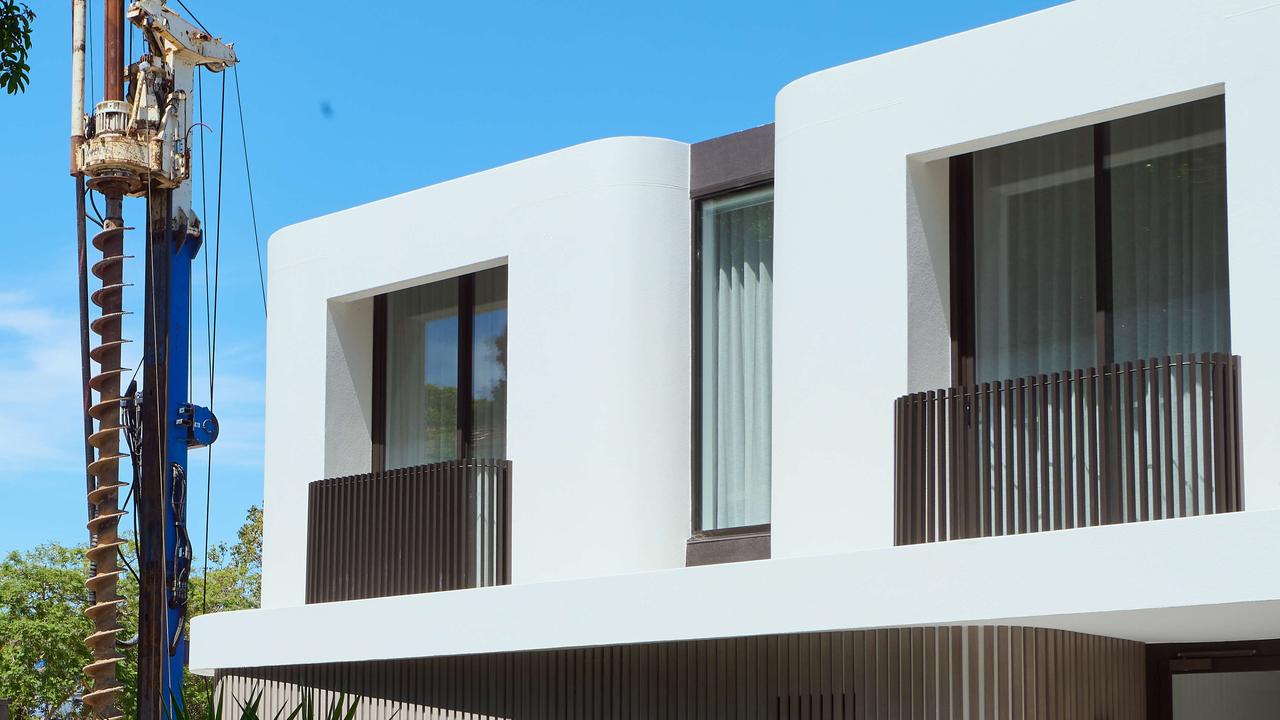Why opening international borders could ruin Australia’s economic recovery
It’s been hailed as “early Christmas” gift for hospitality, but reopening international borders could have a big downside.
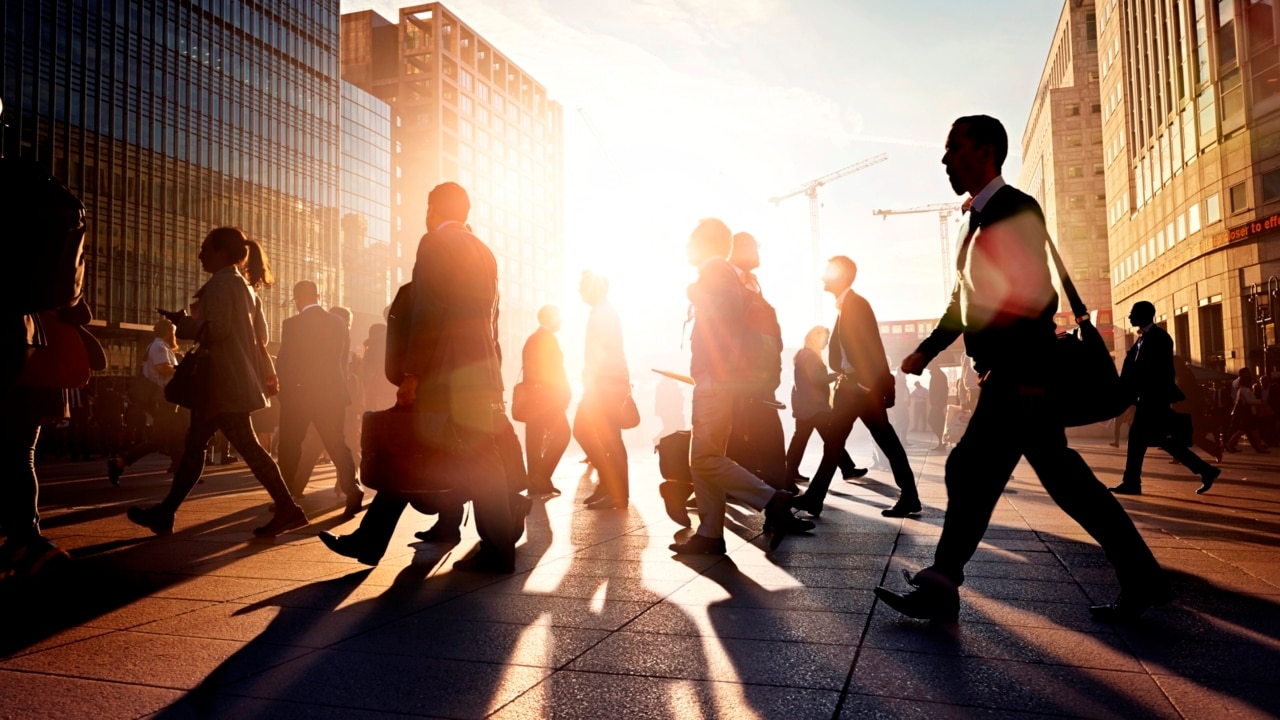
ANALYSIS
This week, the Morrison Government announced that Australia will re-open its international border to overseas students, skilled visa holders and working holiday makers, with Home Affairs Minister Karen Andrews expecting that at least 200,000 migrant workers will arrive in Australia by July 2022.
This decision effectively brings forward the Intergenerational Report’s projection of 235,000 annual net overseas migrants from 2025-26 onwards.
The various business lobbies and universities have hailed the decision, with Restaurant & Catering CEO Wes Lambert stating: “This is the biggest early Christmas present the hospitality industry has ever received.”
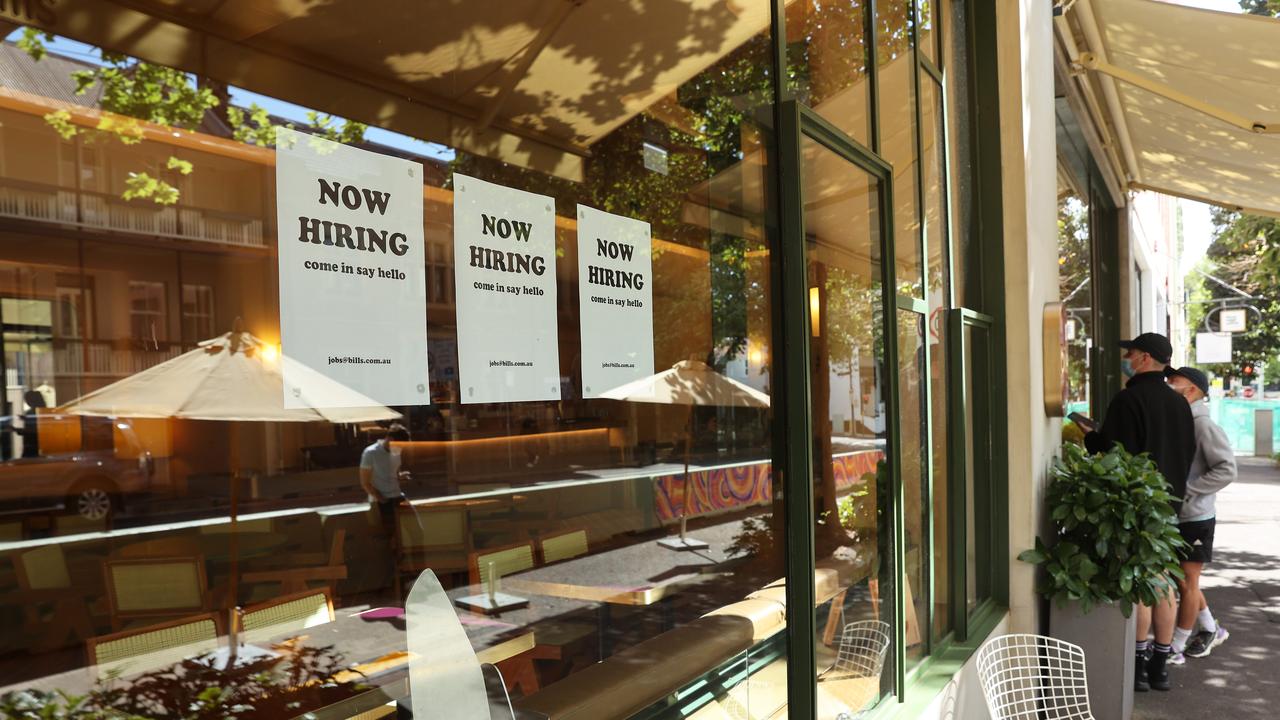
There is no doubt that rebooting the ‘Big Australia’ mass immigration program is good for business and the Australian economy as a whole.
Increasing the supply of labour via immigration necessarily reduces worker bargaining power and prevents wages from rising too quickly, lowering costs for business. It also abrogates the need for employers to provide training.
Thus, just as wage pressures were beginning to build across the Australian economy, the Federal Government has come to the rescue with a plan to flood the nation with migrant workers, thereby killing prospects of decent wage growth.
More people via immigration also means more consumers to buy goods and services, lifting overall economic growth.
That said, economists’ and policy makers’ obsession with aggregate economic growth is misguided.
Importing more people to simply stimulate economic activity and reduce costs for business is classic ‘Ponzi’ economics that does nothing to boost per capita growth nor living standards.
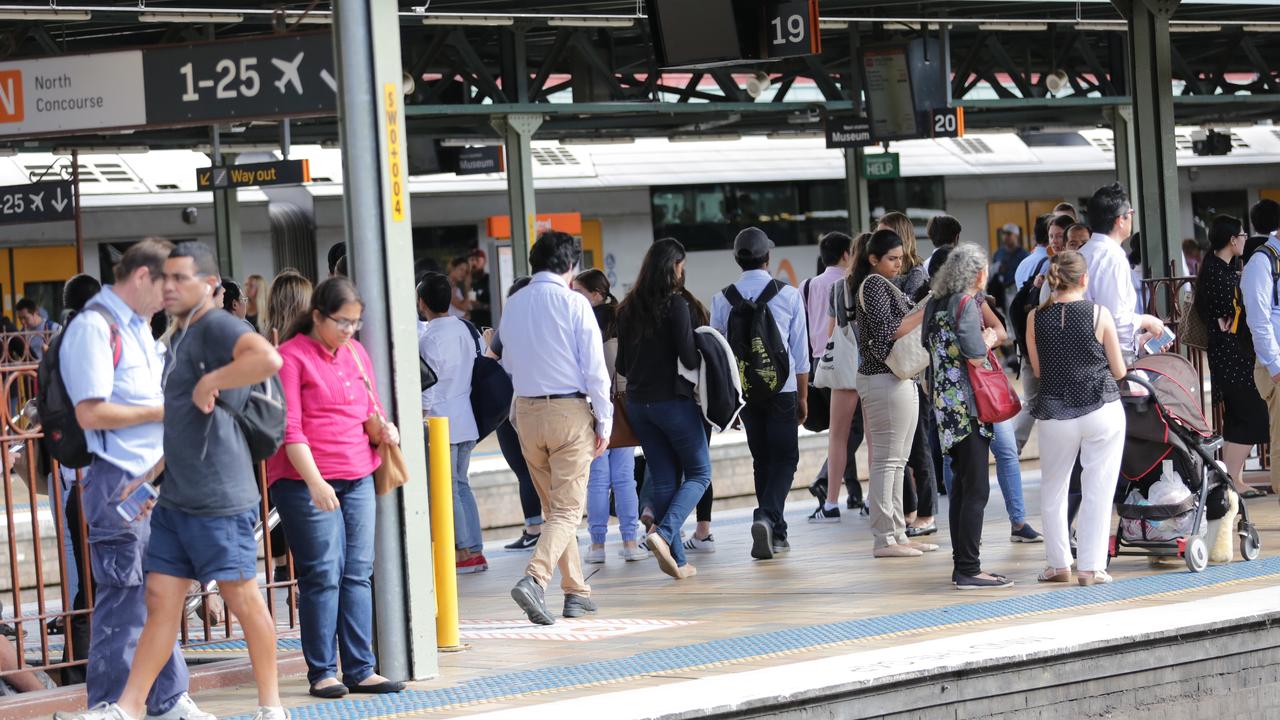
There is no point growing the economic pie if everybody’s slice of that pie does not improve. This is especially so given the many external costs not captured in the broad statistics, such as increased congestion and worsening housing affordability.
Almost everyone would agree that the pre-Covid mass immigration program of 2005 to 2019 was managed appallingly and crush loaded everything in sight, resulting in widespread infrastructure bottlenecks across Australia’s major cities and reduced liveability.
Lost decade for Australians
The decade leading up the pandemic was a lost decade for Australian living standards and provides a harbinger of what lies ahead for the Australian economy once Big Australia immigration is rebooted.
Australia’s net overseas migration (NOM) jumped from an average of 90,500 between 1991 and 2004 to an average of 219,000 between 2005 and 2019 – representing an annual average increase in immigration of 140 per cent.
In fact, between 2005 and 2019, Australia experienced the fastest population gains among large developed nations, with Australia’s population ballooning by 6.6 million people (35 per cent).
Over this period, Australia’s economy became increasingly reliant on population growth.
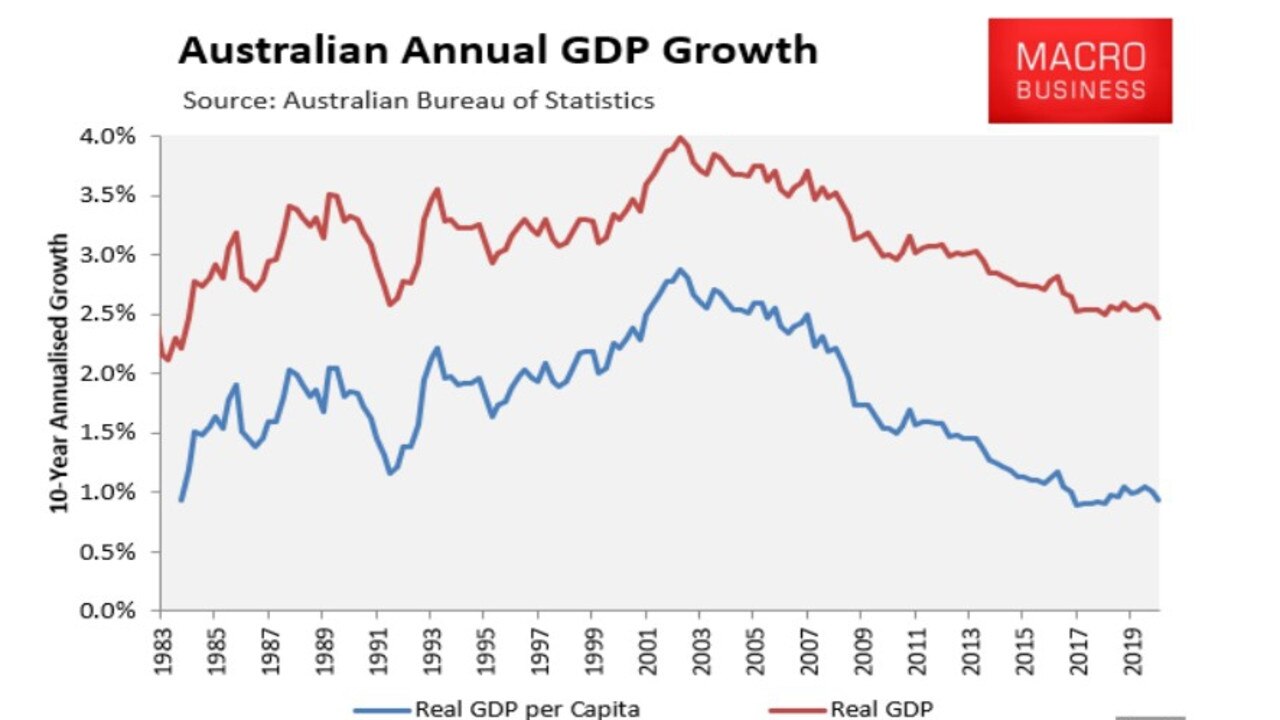
While overall gross domestic product (GDP) grew at a solid (albeit slowing) rate, the growth of per capita GDP (which gives a better indication of living standards experienced by the population) fell to historically low levels.
In fact, the Productivity Commission ranked the 2010s as the worst decade for per capita GDP growth in 60 years of data, even excluding the impacts of the 2019-20 Covid-19 recession.

It is a similar story for real per capita household disposable incomes (HDI), with the 2010s recording the weakest decade of growth in data dating back to the 1960s.

Sowing the seeds of another lost decade
Rebooting the same mass immigration policy will achieve similar results – another decade of anaemic per capita outcomes.
What is the point of importing hundreds of thousands of people every year if it does not increase the material wellbeing of the incumbent population and erodes broader living standards by:
• Suppressing wage growth;
• Forcing people to live in smaller and more expensive housing;
• Placing increased burden on infrastructure, driving up congestion costs;
• Degrading the natural environment; and
• Increasing inequality?
The only groups that benefit from high immigration are those that have already hoarded assets and capital, namely the already entrenched, wealthy and corporate interests. Think big business, the property industry, and the education-migration industry.
Sadly, those are also the groups that pull our policy makers’ strings, with the wellbeing of ordinary Australians ignored entirely.
By announcing the return of ‘Big Australia’ mass immigration, the Morrison Government has killed the economic recovery for Australians.
Leith van Onselen is Chief Economist at the MB Fund and MB Super. Leith has previously worked at the Australian Treasury, Victorian Treasury and Goldman Sachs.



